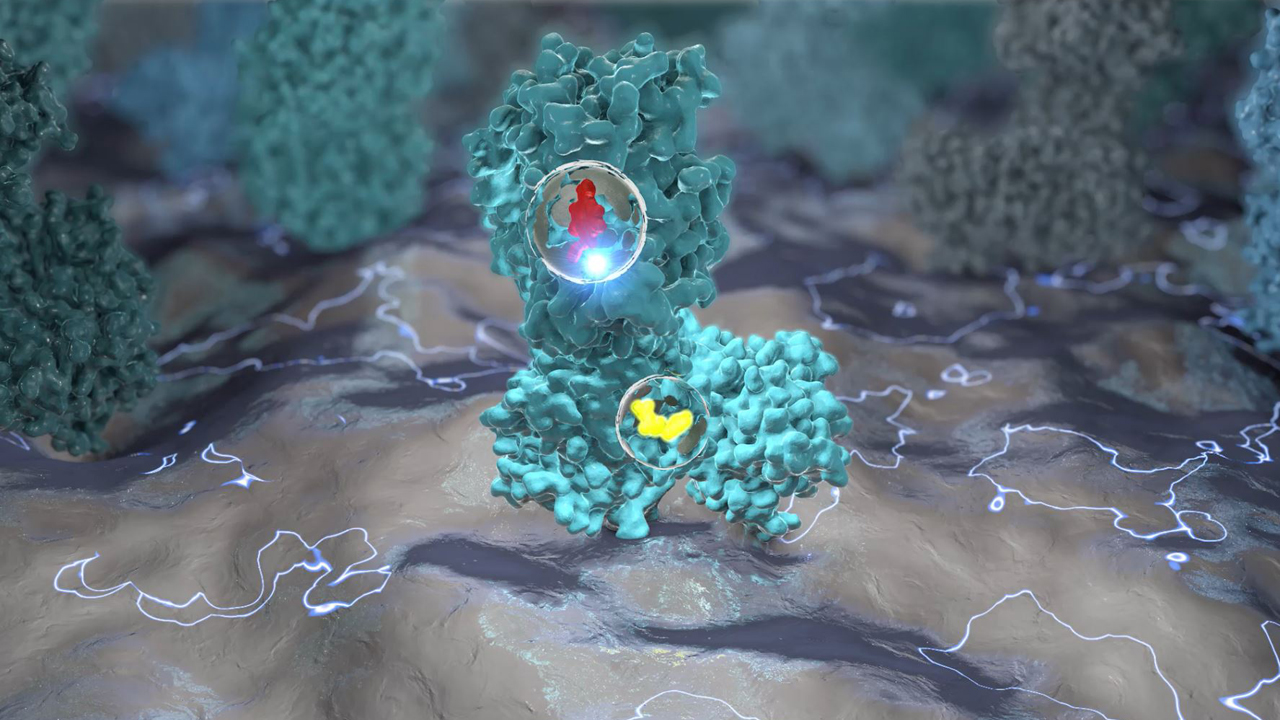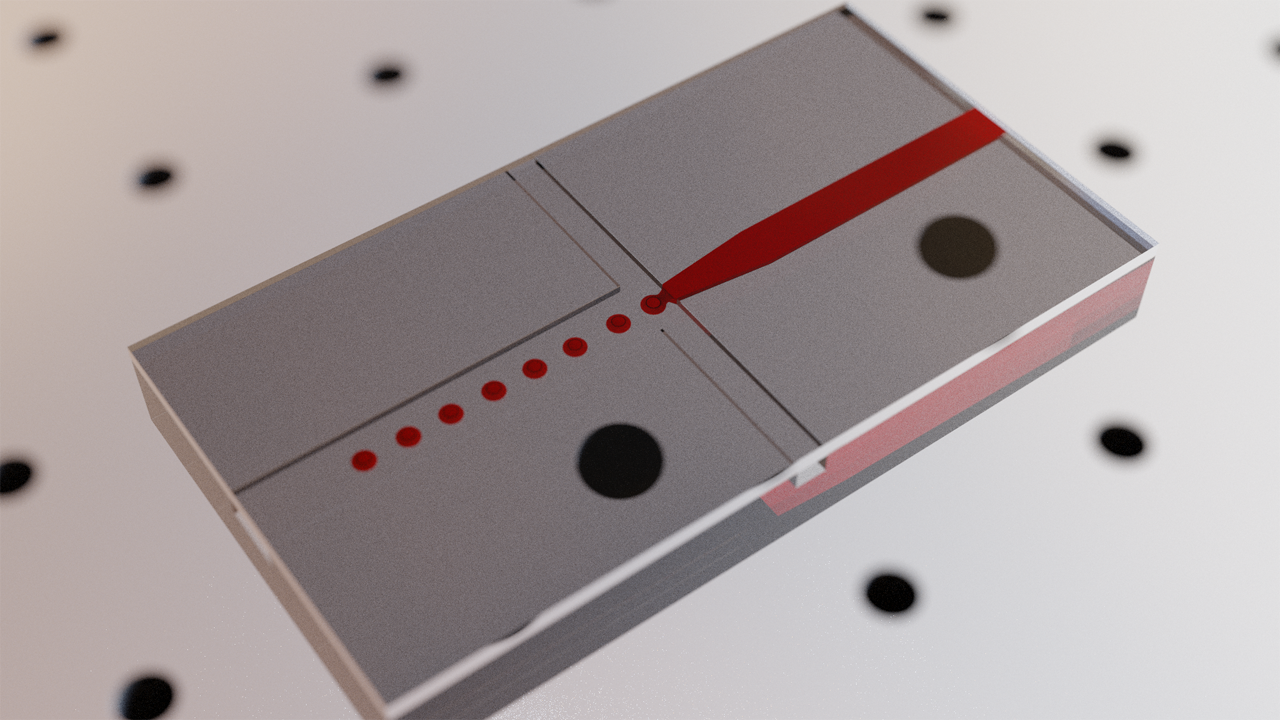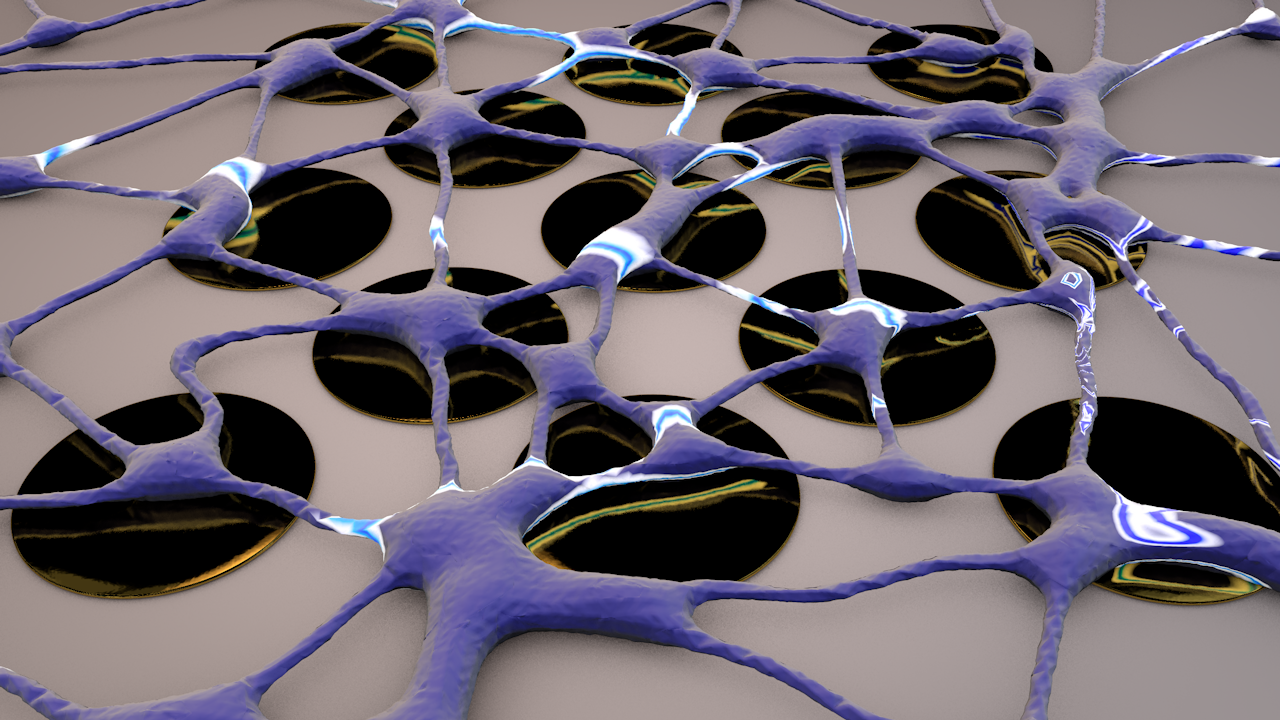Eurostars project “SoftKollP: the first portable biosensor for quantitative field monitoring of anthropogenic contaminants in the environment”
Recently, our Eurostars project “SoftKollP: the first portable biosensor for quantitative field monitoring of anthropogenic contaminants in the environment” started. Together with our partners HiSS Diagnostics GmbH (lead, Freiburg and Leipzig) and ECTICA TECHNOLOGIES AG (Zurich), we aim at bringing to the market the SoftKollP technology, as the first highly…
Creative Day – DNA Origami
It’s amazing what you can do with DNA origami! At the “Creative Day”, organized by the start-up initiative #SMILE and the #Research and Transfer Center for Bioactive Matter at Leipzig University, an interdisciplinary team used creativity techniques to develop inspiring product and business ideas. Our junior research group leader Dr….
b-ACTmatter / Uni Leipzig Team ESTER awarded for best start-up idea at Leipzig Founders’ Night
Dr. Ronny Frank’s team has developed a method to accelerate the artificial evolution of plastic-degrading #enzymes to turn plastic waste into a raw material that prevents CO2 emissions and microplastics. #LifeSciences, #Biotech, #Technology Transfer The Leipzig Start-up Night is a networking and award event for the regional start-up scene and…
Scientists develop new thermofluidic process for lab-on-a-chip applications
Researchers at Leipzig University have succeeded in moving tiny amounts of liquid at will by remotely heating water over a metal film with a laser. The currents generated in this way can be used to manipulate and even capture tiny objects. This will unlock groundbreaking new solutions for nanotechnology, the…




